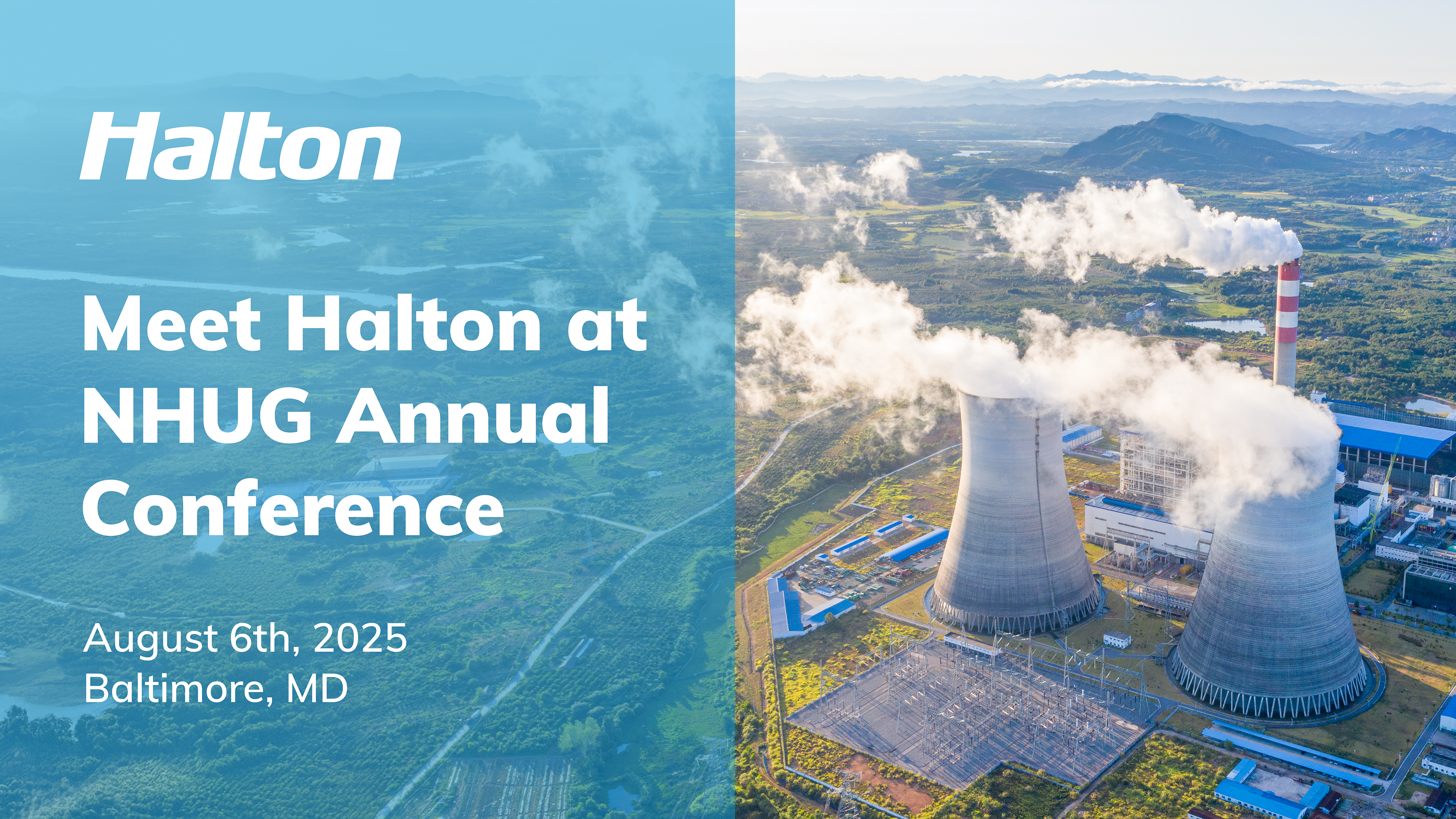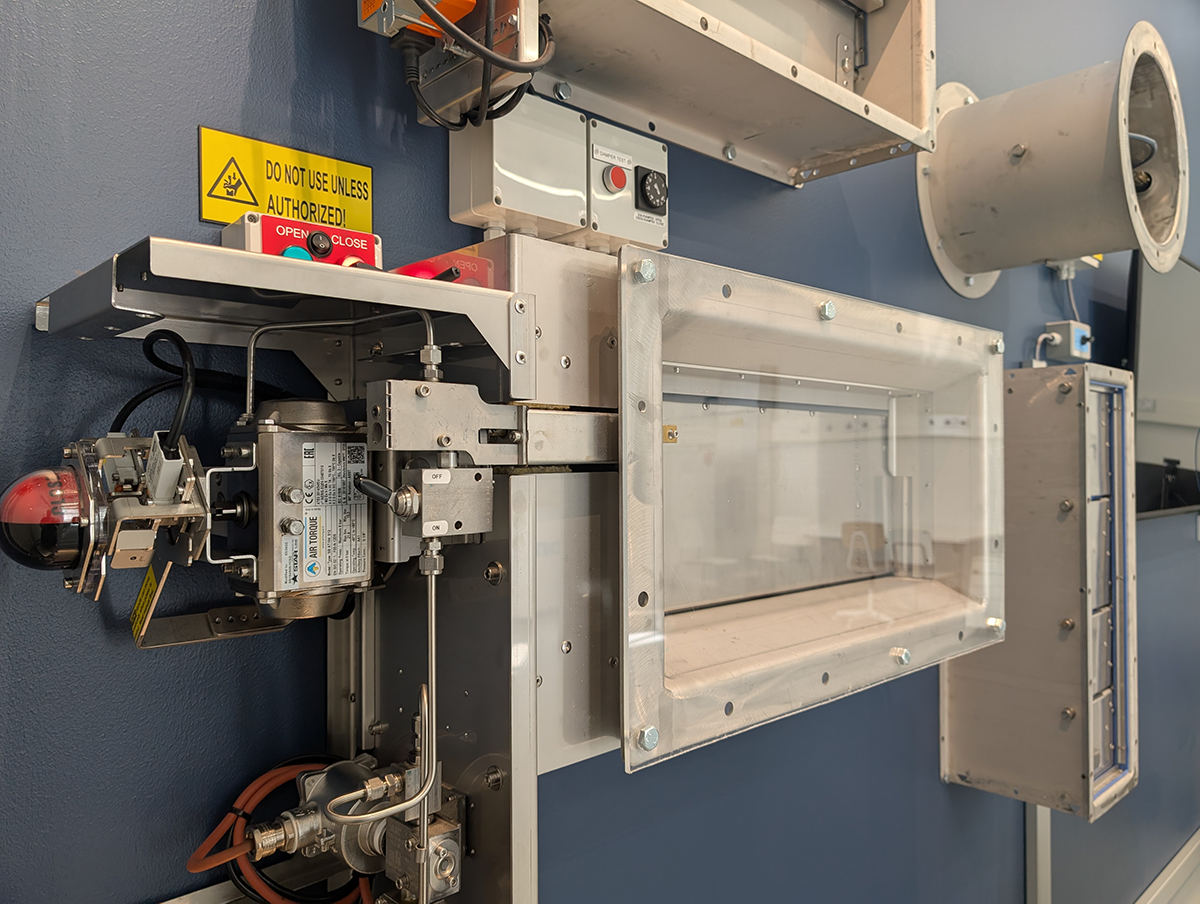Operation principle of Halton BDH blast damper
Buildings have openings, air inlet and outlet points for ventilation and HVAC purposes. Without proper protection the blast wave penetrates into the building through these openings and harm people and equipment inside. Blast dampers and valves are used in these ventilation inlet and outlet points to prevent blast wave and debris from entering the building.
Animation: Halton BDH blast damper operation principle
Advantages of blast protection
The main purpose of blast protection equipment is naturally to provide safety in case of an accident and explosion, but it also helps to manage the repercussions after the possible incident. The main advantages are listed and explained below:
1. Ensuring safety of people, equipment and environment
The most important function of blast protection is to protect people working in the facility, the critical equipment & material and the environment around the plant. And there’s also important point to be noted, which is not usually considered essential: If you can ensure safety of the people in case of an accident, there is a high possibility that those people are also able to limit the damages and prevent a possible butterfly effect from happening.
- Protection for the people working in the facility
- Protection for the equipment used in the facility
- Personnel and equipment remain operational in emergency situation and are able to control the process & situation the best they can right after the accident and prevent further incidents from happening.
- Protection for the environment if accident and its impacts can be limited
2. Flexibility in engineering and design’s point of view
Although standards and general guidelines set the basis for engineering and design, blast protection might give the owner some flexibility in layout design. With blast protected structures and buildings, it is possible to achieve lower acceptable risk level.
- Flexibility in plant or facility layout design
3. Cost savings in case of an accident
Blast protection can help the owners to minimize the overall costs generated by the accident. Every minute that can be reduced from the duration of production standstill will save costs in recovering from the accident. Also personnel’s injuries treatment and even fatalities will account for a remarkable share of the total costs.
- Protection for production process and equipment
- Minimizing the personnel related costs
- Minimizing the downtime
- Minimizing the overall cost caused by the incident
The costs of adding blast protection to the plant design and procurement is only a fraction of the total costs when petrochemical or power plants are being constructed. But in unfortunate case of an accident, prominent cost savings will be gained.
Want to hear more about blast protection? We are happy to help.
Download Halton white paper: Blast Protection in Demanding Industrial Environments. The download link is available on this page.
View Halton blast damper and valve selection.
Contact
Toni Setänen
Sales Manager, Heavy Industry
toni.setanen@halton.com


